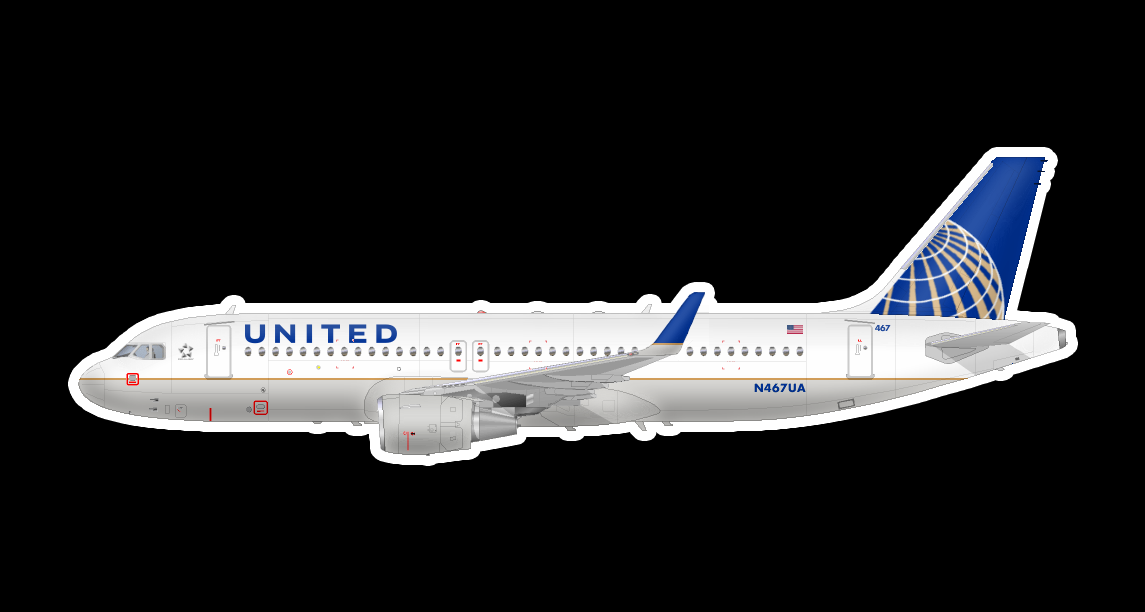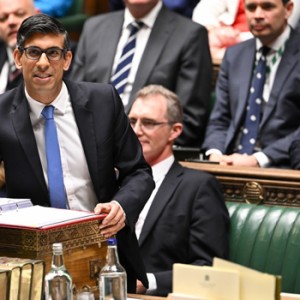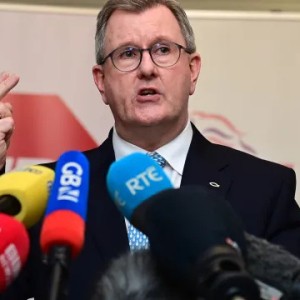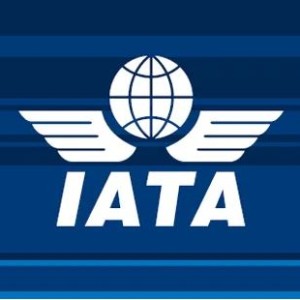United reported its first quarterly profit — $329 million — since the Covid-19 pandemic began without the help of federal payroll aid, which expired almost a year ago.
“It’s nice to return to profitability — but we must confront three risks that could grow over the next 6-18 months,” United CEO Scott Kirby said in an earnings release. “Industry-wide operational challenges that limit the system’s capacity, record fuel prices and the increasing possibility of a global recession are each real challenges that we are already addressing.”
The Chicago-based airline estimated its third-quarter capacity would be 85% of the same quarter of 2019 and fourth-quarter capacity would be 90% restored compared with three years ago, before the pandemic hamstrung travel — a relatively conservative plan as it seeks to trim flying in order to become more reliable.
Rival airlines Delta, Southwest, JetBlue and others, have also trimmed their schedules recently.
Next year, United said it plans to expand flying no more than 8% over 2019, down from an earlier forecast for 20% growth.
Here’s how United performed in the second quarter compared with what Wall Street expected, based on average estimates compiled by Refinitiv:
- Adjusted loss per share: $1.43 versus an expected $1.95.
- Total revenue: $12.11 billion versus expected $12.16 billion.
United’s report comes a week after Delta reported a jump in second-quarter sales and forecast continued travel demand through the end of the peak summer season. American Airlines reports its second-quarter results and third-quarter forecast before the market opens on Thursday.
Costs, including a jump in fuel prices over last year, continue to weigh on airlines’ bottom lines as they try to dig their way out of the pandemic.
United said it expects unit costs excluding fuel to remain elevated through this year, up 16% to 17% in the third quarter and up about 14% in the fourth from three years earlier.
United executives will hold an earnings call with analysts and media at 10:30 a.m. ET on Thursday.














